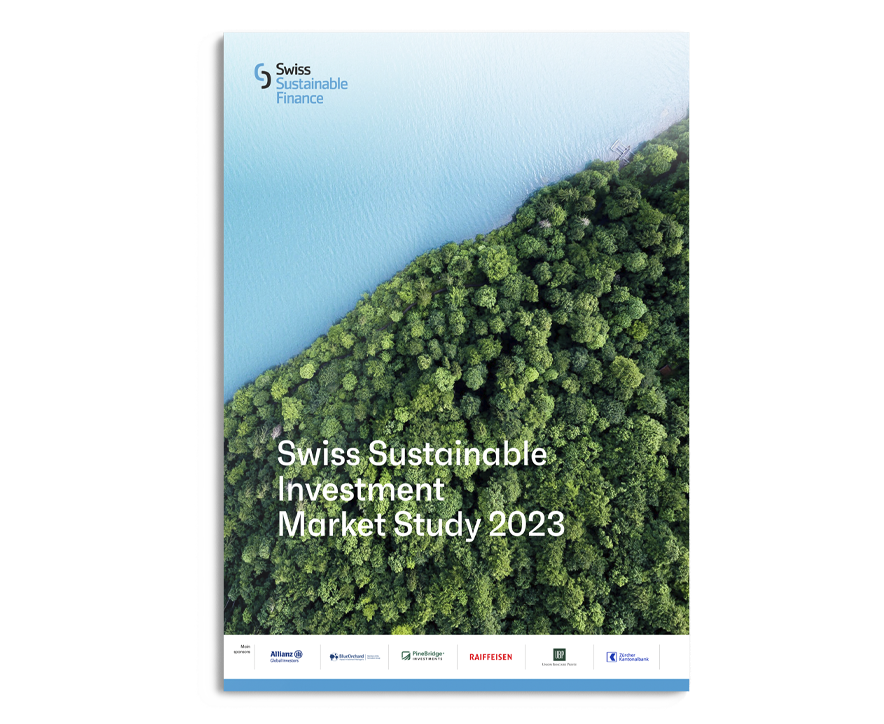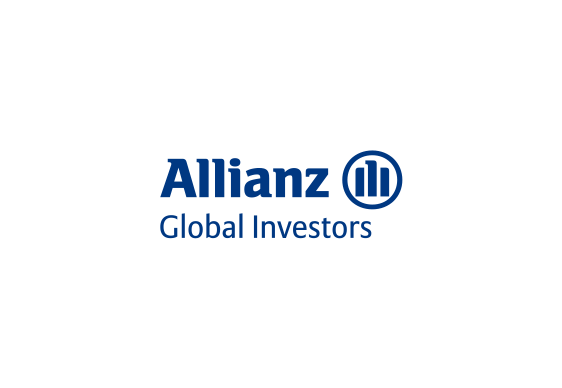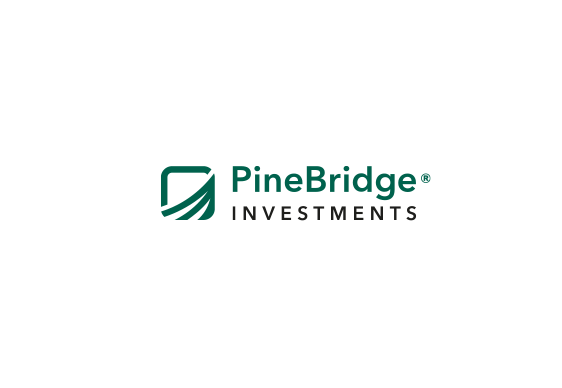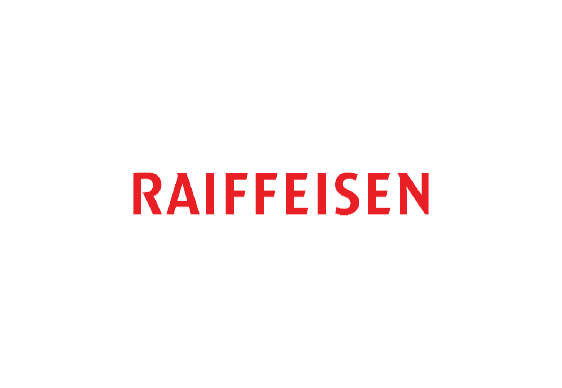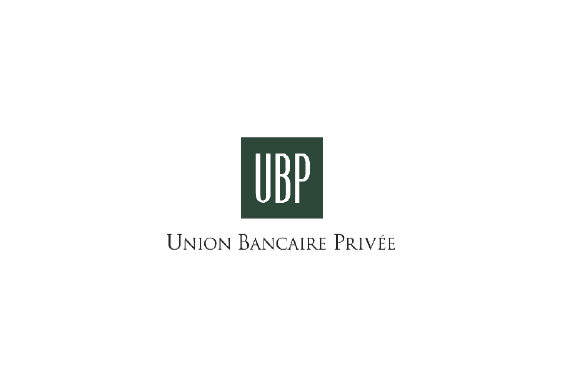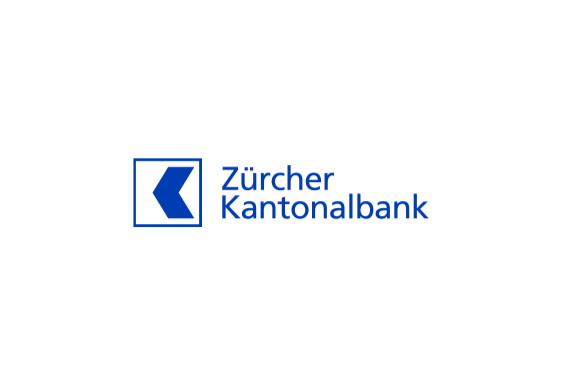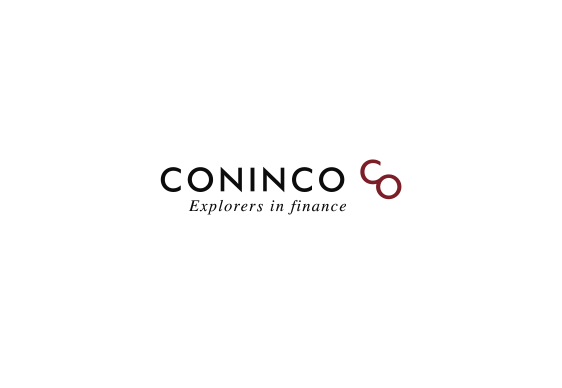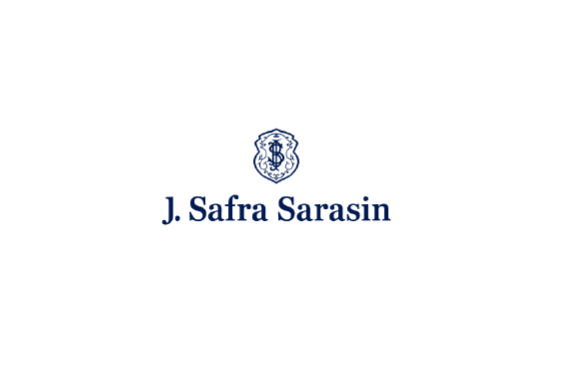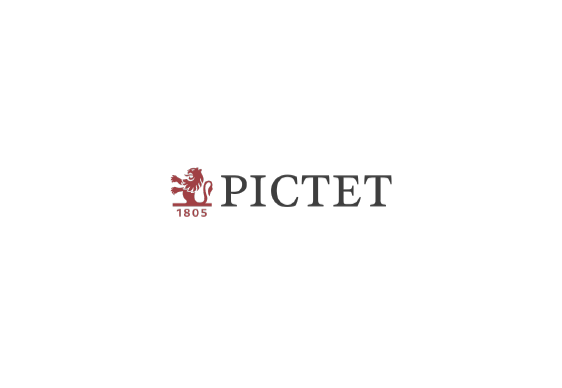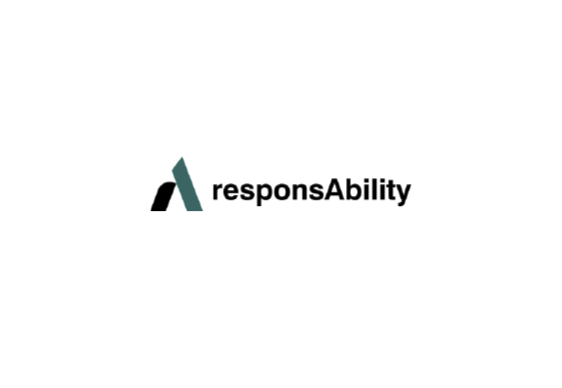Preface
Sustainability-related investments have faced a challenging environment over the past year. The negative market performance of 2022 hit sustainable investors just as much as their mainstream peers. Furthermore, many banks and asset managers chose to take a more conservative approach in reporting their sustainable offerings in order to manage greenwashing risks and rising regulatory complexity attributable to the absence of commonly agreed definitions. As a result of these and other factors, volumes saw a decline in 2022. Does this mean sustainable investments are in crisis? Absolutely not. Instead, we see these developments as a natural step in the evolution towards the mainstreaming of sustainability-related investments.
First, it is not surprising to see a slowdown after years of considerable growth resulting in market shares higher than 50% for some segments. In addition, considering that sustainability-related investments are now offered for most asset classes and reflect standard asset allocations, it is normal that volumes fell in line with the strong bear markets.
Second, current efforts to combat greenwashing not only illustrate that sustainable investments are taken more seriously by market actors but also that expectations with regards to the impact of such products are rising – which is a positive development. Improved communication regarding the objectives of sustainability-related investments, will foster understanding and contribute to bolstering trust in such investments. Federal initiatives such as Swiss Climate Scores, as well as initiatives for more transparency by different associations will play a significant role in facilitating clearer communication.
Third, sustainable finance regulation may be perceived as a burden by market actors and so far hasn’t brought about the intended clarity vis a vis clients. But it led to higher sensitivity with regard to the establishment of sound investment processes and clearer communication on them. On-going discussions regarding definitions, labelling and reporting requirements will lead to even better frameworks, contributing to improved transparency.
In light of these developments, we’ve chosen to focus this year’s Swiss Sustainable Investment Market Study on bringing different perspectives into the discussion. We think it is vital to lead an informed dialogue between all stakeholders to define a principle-based framework that allows better classification of sustainable investments. More transparency on objectives and clearer information on results provide investors with the foundation needed for greater clarity and trust. They will then be able to better differentiate which investments fit their goals, be it alignment to specific values, improving the risk/return profile thanks to incorporating sustainability risks and opportunities, or – probably the most important goal – making a clear contribution to the much-needed transition to a sustainable economy.

Patrick Odier
President SSF

Sabine Döbeli
CEO SSF
![]() Download report (full version) below
Download report (full version) below
Executive Summary
The Swiss Sustainable Investment Market Study 2023 contributes to efforts to define sustainable investments by offering different perspectives, and by discussing the complexities of measuring and reporting sustainable investment volumes. A tightening regulatory environment, in addition to advancements within the industry, can be seen as a reaction to the fact that the market demands more from “sustainable investments” than the simple application of one of the common sustainable investment (SI) approaches (e.g. exclusions). Yet there is still no clear definition of when an investment can be labelled “sustainable”, neither in Switzerland nor in the EU.
This year’s study therefore looks at how sustainability is integrated in the investment market by providing details on various segments of sustainability-related investment volumes. Although the study no longer reports a specific volume of “sustainable investments”, to ensure continuity with past studies, it still contains an overview of applied SI approaches and, on the basis of their application, shows total volumes of sustainability-related investments.
Different perspectives on sustainability
At the end of 2022, reported sustainability-related volumes amounted to CHF 1,610 billion. This year, in the absence of a standardised definition of “sustainable investments”, we look at the nature of these investments through three different lenses.
(in CHF billion)
First, we look at the application of various combinations of approaches (second bar). This can serve as a proxy for the level of sophistication in the management of sustainability-related assets. With approximately two thirds of all volumes applying three or more SI approaches, the majority of sustainability-related investments reflect the ambition of looking at sustainability from different angles and taking into consideration multiple investor motivations.
Second, we illustrate which of these volumes meet the definition of the Asset Management Association Switzerland’s (AMAS) self-regulation (third bar). After deducting volumes that apply only the exclusion or the ESG integration approach from total Swiss sustainability-related volumes, the resulting volume comes to CHF 1.38 trillion, or 85 % of all sustainability-related investments and thus a major share of the market.
Third, we conducted a pilot study based on a Eurosif white paper that classifies investments in terms of their main objective and ambition level to contribute to the transition to a sustainable world (fourth bar). The resulting five types are Exclusion-Focused, Basic ESG, Advanced ESG, Impact-Aligned and Impact-Generating. 35 % of all sustainability-related assets fall into one of the latter three more ambitious types, while only 20 % have a clear link to impact, whether by being aligned with company impact or by generating investor impact. With 52 %, Basic ESG, which is considered to have a marginal ambition level with regards to contributing to a sustainable transition, accounts for the largest share of assets. However, a closer look at these assets reveals large volumes (60 % of Basic ESG, or CHF 498 billion) that would be reclassified as Advanced ESG if they applied and reported ESG performance measurement.
The three applied lenses show how different the perspectives in classifying sustainability-related investments can be, depending on which methodology is applied, ranging from simple to complex. The market has yet to agree on a final definition of sustainable investments or a methodology for identifying them.
Development of sustainability-rated investments in Switzerland
(in CHF billion)
Total sustainability-related investment volume now at CHF 1.610 billion (-19% compared to 2021)
Market performance driven declines
From end-2021 to end-2022, sustainability-related volumes declined by 19%, to CHF 1,610 billion. The reduction can be attributed to the negative market performance in 2022 (18 percentage points), tighter definitions by respondents managing sustainability-related investments in Switzerland, and lower reported volumes for asset owner stewardship approaches as a result of methodology changes. Sustainability-related fund volumes correspond to about 52% of the entire Swiss funds market, similar to last year’s level.
With regard to reported fund volumes, 8% belonged to the category of Article 6 funds under EU regulation (SFDR), 15% to Article 8 funds and 8% to Article 9 funds. 18% are Swiss funds only, which means they are not subject to EU regulation and have no such classification. For a large share (51% of total fund volume), it was not disclosed if the funds are subject to the EU SFDR classification, possibly because of current uncertainty in the market as to when a fund can be classified as Article 8 or 9. It is therefore difficult to compare these findings year on year.
Number of approaches applied to sustainable investment volumes
(in %) (n=74)
New approach embedded in market: climate-alignment
The majority of SI approaches lost attributed volumes due to the poor market performance in 2022. Remarkably, we saw strong growth for two SI approaches, sustainable thematic investment and impact investing (86% and 80%, respectively), which reflects investor appetite for impact-related approaches. This is the first year we collected data on the climate-alignment approach, which focuses on reducing the carbon footprint of a portfolio or its components. With CHF 375 billion, or about 20% of total sustainability-related assets, this approach is already well-established in the Swiss market.
Main implicit motivations for sustainable investments
(in % of AuM)
Development of sustainable investments aproaches
(in CHF billion) (n=81)
All asset classes play a role
Once again we see SI approaches applied across practically all asset classes, demonstrating that sustainability considerations play a role for both major asset classes and alternative assets. Equity, corporate bonds, sovereign bonds and real estate are unsurprisingly the top asset classes, yet all of them show decreased volumes analogous to overall market performance. Together these asset classes make up around 78% of total volume. All other asset classes are substantially smaller, though private equity, infrastructure and mortgages experienced absolute increases.
Impact measurement strategies for asset managers
(in number of respondents) (n=20)
Asset class distribution for sustainable investment
(in %) (n=75)
Regulatory developments in Switzerland and the EU
In Switzerland, the government reconfirmed its ambition to strengthen and promote Switzerland as a leader in sustainable finance. Over the past year, the regulator activities (Parliament, Federal Council and FINMA) and those of finance associations regarding soft law on sustainable finance have intensified. Overall, however, the Swiss regulatory landscape is still fragmented. Overarching principle-based rules for all financial sectors would help protect investors and enhance the international competitiveness and reputation of the Swiss financial centre.
In the EU, the constantly evolving sustainable finance regulation is part of its package of measures to build a green economy and to set international standards. However, due to the complexity and strong links between the Taxonomy, SFDR and CSRD, companies are currently facing many challenges to fulfil disclosure and reporting obligations. Regardless of these challenges, the regulation has sent a strong signal to the market to address the topic of sustainability, and has set in motion continuous improvement in transparency.
Special topics
The study explores four developing themes: real estate, sustainability-related debt investments, climate change and biodiversity.
The real estate sector’s contribution to the transition to a more sustainable economy has shifted in the focus of many investors, especially as investors can now link direct environmental and social benefits to efficient management of real estate portfolios. On the basis of the environmental indicators for real estate funds published by AMAS in 2022, we assessed the uptake of related indicators. The vast majority of respondents with real estate investments collect data on the five main indicators (energy mix, energy consumption, energy intensity, greenhouse gas emissions and intensity of greenhouse gas emissions).
On a global level, sustainability-related debt investments – e.g. green, social and sustainability (GSS) bonds and sustainability-linked bonds (SLBs) – have grown significantly in recent years. The market study shows that 61% of all respondents invested in such instruments.
The consideration of climate change in investments has reached the mainstream. 91% of respondents explicitly address climate change in at least some of their investments, and about half of these respondents indicated a commitment to one or more net-zero alliances or frameworks.
This is the second year in a row that we have included questions related to investor action on biodiversity. Still only a minority of asset manager respondents (23%) follow one or more of the biodiversity standards and/or have conducted a systematic analysis of the negative and positive biodiversity impacts associated with their investment portfolio.
Looking ahead
Given the numerous evolving regulations and standards in sustainable finance, both asset managers and asset owners are facing related challenges.
In the absence of an accepted and clear definition, regulators and market participants must align their understanding of concepts and methods in sustainable investing. Collaboration between academics and practitioners can also support this process and bring guidance to the market with regard to best-practice transparency. However, for this market to continue to thrive there must be sufficient flexibility to use various methods in pursuing different goals. At the same time, the definition of sustainable investment needs to address concerns about the credibility of the market.
The solution lies in agreements on a common language for sustainable investing and more transparency on objectives and results, thanks to clear and accurate communication by market players.

